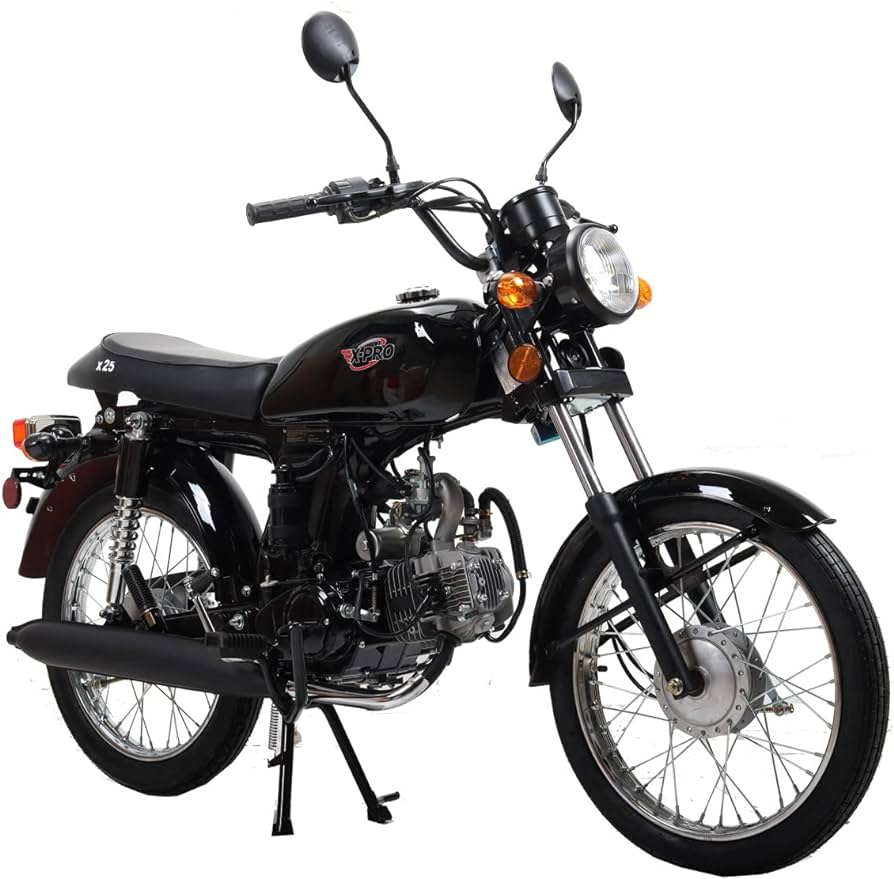Introduction
When it comes to motorcycles, comfort is a key factor that determines the overall riding experience. Whether you are a seasoned rider or new to the world of motorcycles, selecting a comfortable bike can make your journeys more enjoyable and reduce fatigue. However, comfort preferences can vary from rider to rider, as different body types, riding styles, and road conditions come into play. In this guide, we will explore various types of motorcycles and their features to help you find the most comfortable option for your riding needs.
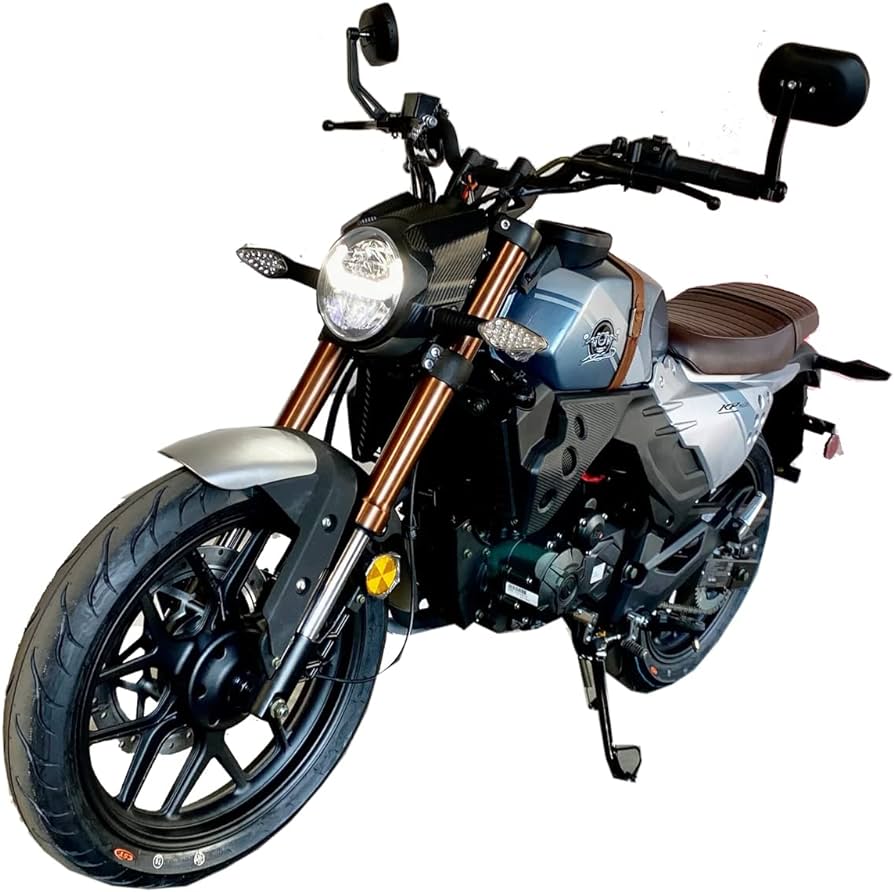
What type of motorcycle is most comfortable?
Cruiser Motorcycles
Comfort Features:
Cruiser motorcycles are known for their relaxed riding positions and comfortable seating arrangements. They typically have a low seat height and forward-set foot controls, allowing riders to maintain a more upright and seated position. The handlebars are usually positioned at a height that promotes a relaxed arm and wrist posture.
Suspension and Ride Quality:
Cruiser motorcycles often prioritize a smoother and more comfortable ride. They typically feature long-travel suspension systems, which provide enhanced shock absorption and better stability on various road surfaces. The seat padding and suspension set-up contribute to minimizing bumps and vibrations felt by the rider.
Wind Protection:
Many cruiser motorcycles offer additional wind protection features, such as larger windshields or fairings. These additions contribute to reducing wind buffeting, particularly at higher speeds, and help create a more comfortable riding environment, especially during long-distance journeys.
Touring Motorcycles
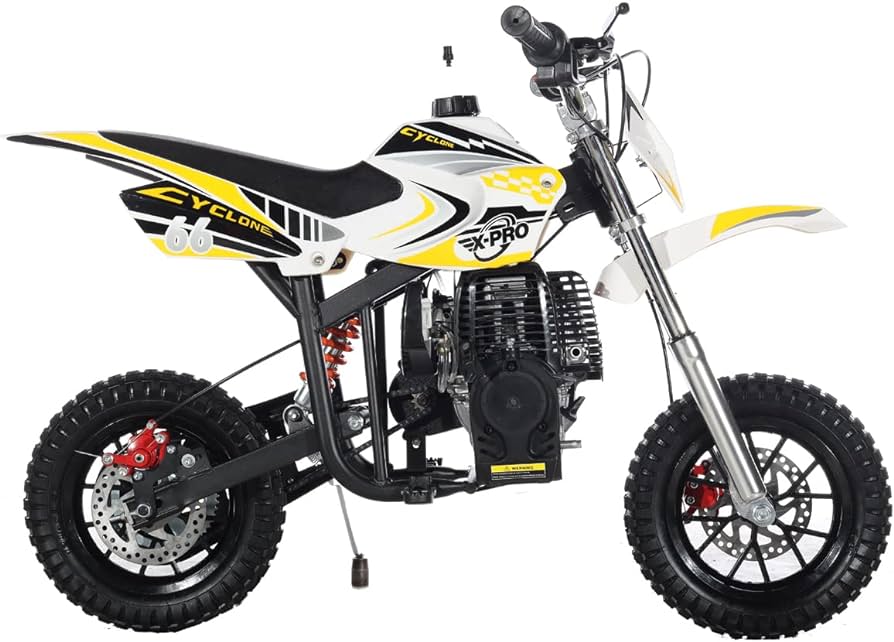
Comfort Features:
Touring motorcycles are specifically designed for long-distance riding and prioritize rider comfort. They typically feature spacious seating, plush padding, and adjustable ergonomics to accommodate riders of various heights and body types. The foot controls are usually positioned for a relaxed leg position, allowing for extended periods of riding in comfort.
Wind and Weather Protection:
Touring motorcycles excel in providing wind and weather protection. They often come equipped with large fairings, windshields, and full bodywork, shielding riders from wind, rain, and other elements. This extra protection significantly contributes to rider comfort, especially on extended trips.
Storage Capacity:
Another key comfort aspect of touring motorcycles is their generous storage capacity. Most touring models are equipped with integrated panniers, top cases, and storage compartments, allowing riders to carry their personal belongings, luggage, and other necessities conveniently. This reduces the strain of wearing heavy backpacks or using external luggage systems.
Adventure Motorcycles
Comfort Features:
Adventure motorcycles offer a balance between on-road comfort and off-road capability. These bikes typically have a more upright riding position, providing excellent visibility and a comfortable posture. The handlebars are wider, allowing for greater control and minimizing fatigue during long rides.
Suspension and Ride Quality:
Adventure motorcycles are equipped with long-travel suspension systems that provide increased shock absorption and improved ride quality, both on-road and off-road. Their suspension is designed to handle various terrains, thereby reducing the impact felt by the rider and enhancing overall comfort.
Versatility and Customization:
Adventure motorcycles are highly customizable, allowing riders to tailor their bikes to their specific comfort preferences. Adjustable seats, handlebars, and foot controls can be modified to achieve the perfect riding position. Riders can also choose from a wide range of aftermarket accessories, such as windshields and seat cushions, to further enhance comfort.
Sport Touring Motorcycles
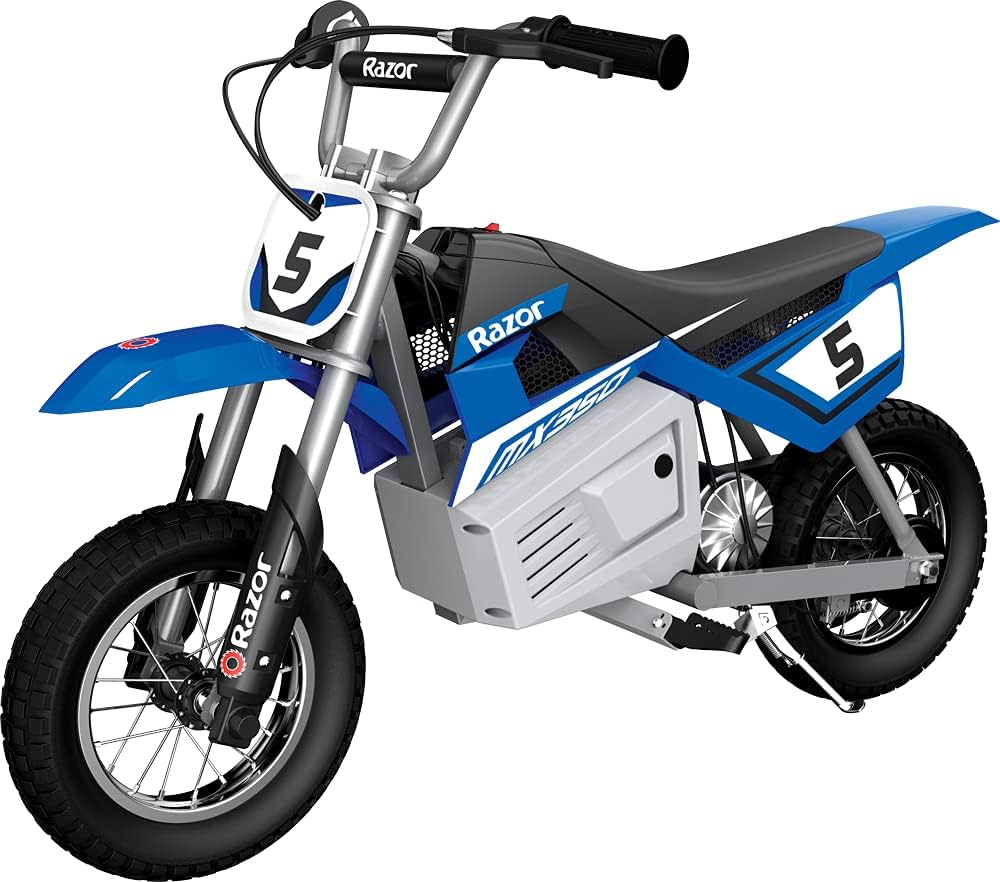
Comfort Features:
Sport touring motorcycles combine the sporty performance of a sportbike with the comfort and practicality of a touring motorcycle. These bikes typically offer a more upright riding position compared to pure sportbikes, helping to reduce strain on the wrists and back. The seat is often well-padded and designed for long-distance riding.
Wind Protection:
Sport touring motorcycles feature aerodynamically designed fairings and windshields that provide significant wind protection at high speeds. This helps reduce rider fatigue by minimizing wind buffeting and allowing for a more comfortable riding experience, especially during prolonged journeys.
Handling and Suspension:
Sport touring motorcycles emphasize sporty performance while maintaining a comfortable ride. They feature advanced suspension systems that are tuned to provide a balance between comfort and maneuverability. This ensures a smooth and controlled ride while tackling twisty roads or uneven surfaces.
Standard Motorcycles
Comfort Features:
Standard motorcycles, also known as naked or roadsters, offer a versatile and comfortable riding experience. They typically feature a neutral riding position with mid-set foot controls and handlebars positioned for a relaxed and natural arm posture. The seat padding is often well-cushioned for increased comfort during shorter rides.
Lightweight and Maneuverability:
Standard motorcycles are known for their lightweight construction, making them easy to handle and maneuver. This factor contributes to rider comfort, as it requires less effort to control the bike, especially in urban environments or congested traffic.
Customization Options:
Standard motorcycles offer a wide range of customization options. Riders can choose from various aftermarket accessories, such as seat pads, handlebar risers, or footpeg relocation kits, to tailor the bike’s ergonomics to their specific comfort preferences.

Electric Motorcycles
Comfort Features:
Electric motorcycles, also known as e-bikes, have gained popularity for their eco-friendly operation and low maintenance requirements. In terms of comfort, they offer several advantages. Firstly, electric motorcycles tend to have a quieter ride compared to their traditional combustion engine counterparts, resulting in a more peaceful and enjoyable riding experience. Additionally, they often feature ergonomic designs with adjustable components to accommodate different rider preferences.
Smooth Power Delivery:
Electric motorcycles provide instant torque and smooth power delivery, resulting in a seamless and effortless acceleration. This characteristic enhances the riding experience by reducing jerky movements and providing a more comfortable ride overall.
Reduced Vibrations and Noise:
Unlike internal combustion engines, electric motorcycles do not produce the same level of vibrations and noise. The absence of engine vibrations contributes to a smoother and quieter ride, minimizing rider fatigue and making for a more comfortable journey.
Customized and Aftermarket Accessories
Enhanced Seat Padding:
Consider investing in aftermarket seat pads or cushions designed to provide additional comfort during rides. These accessories can offer extra support and softness, reducing pressure points and fatigue.
Adjustable Foot Pegs:
Some motorcycles allow for various footpeg positions, enabling riders to customize their riding position for optimal comfort. Adjustable foot pegs can help alleviate leg strain and provide more personalized comfort.
Ergonomic Handlebars:
Upgrading to handlebars with adjustable positions, heights, or grip angles can make a significant difference in rider comfort. This customization option allows riders to find their ideal handlebar position, reducing strain on the wrists and shoulders.
Windshields and Fairings:
Adding a windshield or fairing to your motorcycle can provide wind protection, reducing wind resistance and minimizing rider fatigue. They help redirect airflow, making long rides more comfortable, particularly at higher speeds.
Suspension Upgrades:
If you find your motorcycle’s suspension lacking in terms of comfort or handling, consider upgrading to aftermarket suspension components. Suspension upgrades can improve shock absorption, smooth out bumps, and provide a more comfortable ride.
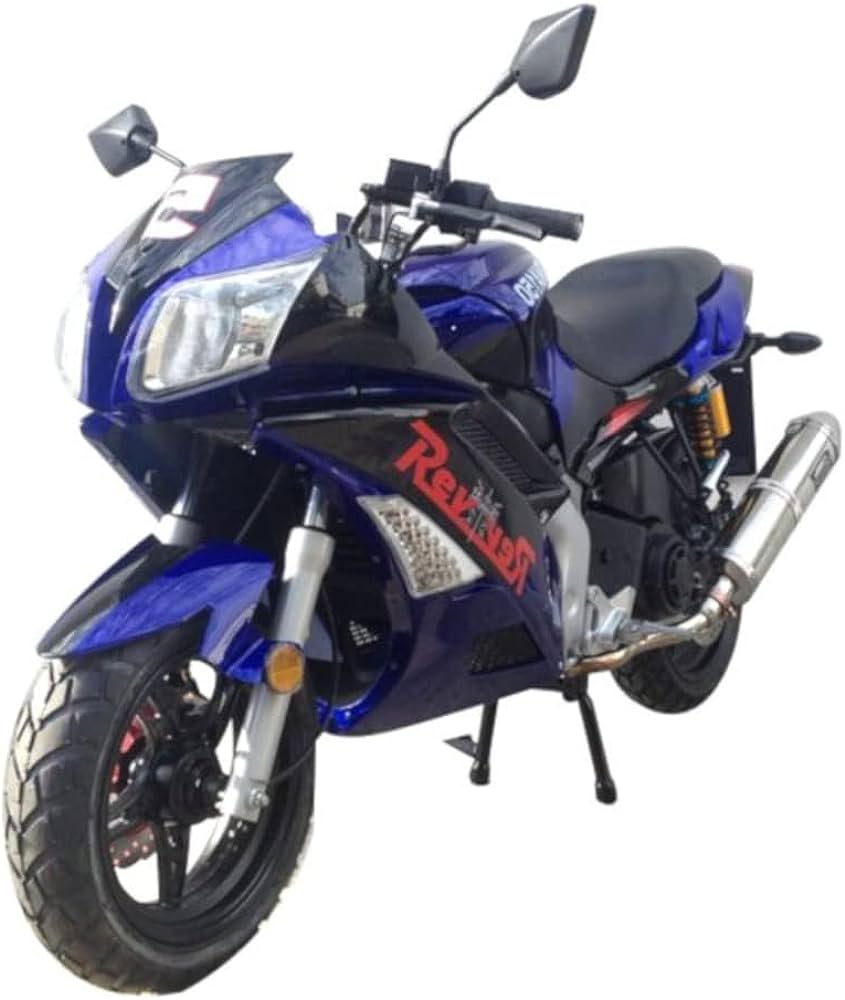
Conclusion
Determining the most comfortable motorcycle involves considering several factors, including riding style, body type, and comfort preferences. Cruiser motorcycles and touring motorcycles are known for their relaxed riding positions, generous seating arrangements, and wind protection. Adventure motorcycles offer an upright riding position, advanced suspension systems, and the ability to handle various terrains. Sport touring motorcycles combine sporty performance with touring comfort, providing a balance between athleticism and long-distance riding. Standard motorcycles offer versatility, customization options, and lightweight maneuverability. By understanding the unique features and benefits of each motorcycle type, you can make an informed decision to find the most comfortable bike that fits your individual needs, ensuring countless enjoyable rides ahead.

